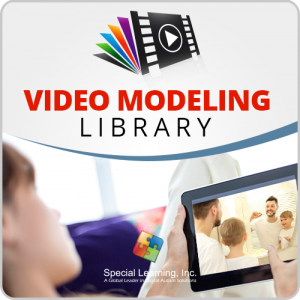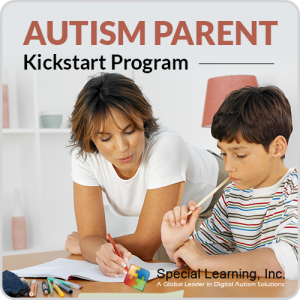American Sign Language and Autism
Augmentative and alternative communication (AAC) provides those with speech and language limitations the ability to express themselves through signs and physical positioning. There are many types of sign languages, reflecting the influences of the grammar, society, social behavior and other cultural and social factors of different cultures. American Sign Language, or ASL, is one such powerful instrument for the learning of communication skills in children diagnosed with autism spectrum disorders (ASD) or Asperger syndrome.
American Sign Language has very clear and well-recognized signs for certain objects and actions. There are many stages to learn of the ASL pattern. First, the stepwise signs are introduced to a child with autism and slowly more complex signs are introduced over the course of the training period. There are many item categories in ASL, including family, foods, time, places, clothes, feelings, requests and replies, amounts, animals, money, and many other topics.
It is imperative to use the proper sequence for learning sign language modules so that constructive and fruitful training sessions may be achieved. This therapy is very useful for those children or people diagnosed with autism, as well as those engaging in untoward and abusive behaviors, such as aggression, self-hurting, depression and tantrum behavior.
Benefits of American Sign Language
The syntax is very unique and different from normal English language. Through the implementation of ASL communication skills development, the following desired results have been observed:
- An increase in positive energy in children who face a lot of problems with communication and feel very frustrated.
- A decrease in the propensity toward aggression and disruptive activities by diverting the mind toward positive communication.
- Improvements in the positive interaction of the mind and the stimulation of the parts of the brain useful for the development of communication, which may be spoken or sign communication.
- A reduction in, or avoidance of, self-injury behavior.
It has also been shown that teaching with ASL does not interfere with the normal ability of communication because both forms of communication originate from the same part of the mind, and so stimulating that part of the mind produces even more desirable results.
There are thousands of signs developed and formatted in ASL to provide a depiction of the items, relationships and activities communicated. Since the early nineteenth century, these have proven to be effective signs that produce very reasonable results.
American Sign Language uses very simple and cognitively oriented signs as compared to complex signs used in other languages, which can make communication more complex rather than simplifying it.
References:
http://sitemaker.umich.edu/356.kobza/sign_language
http://www.autism-help.org/communication-sign-language-autism.htm
Suggested Resources:
Building Language for Early Learners Bundle
The Great 8 for SLPs and ASD
SLP & ABA Collaboration Series: Using Collaboration to Generate Best Outcomes… Quicker
Copyright © by Special Learning Inc. All right reserved.
No part of this article may be reproduced in any manner whatsoever without written permission except in the case of brief quotations embodied in critical articles and reviews. For information, contact Special Learning Inc., at: contact@special-learning.com








